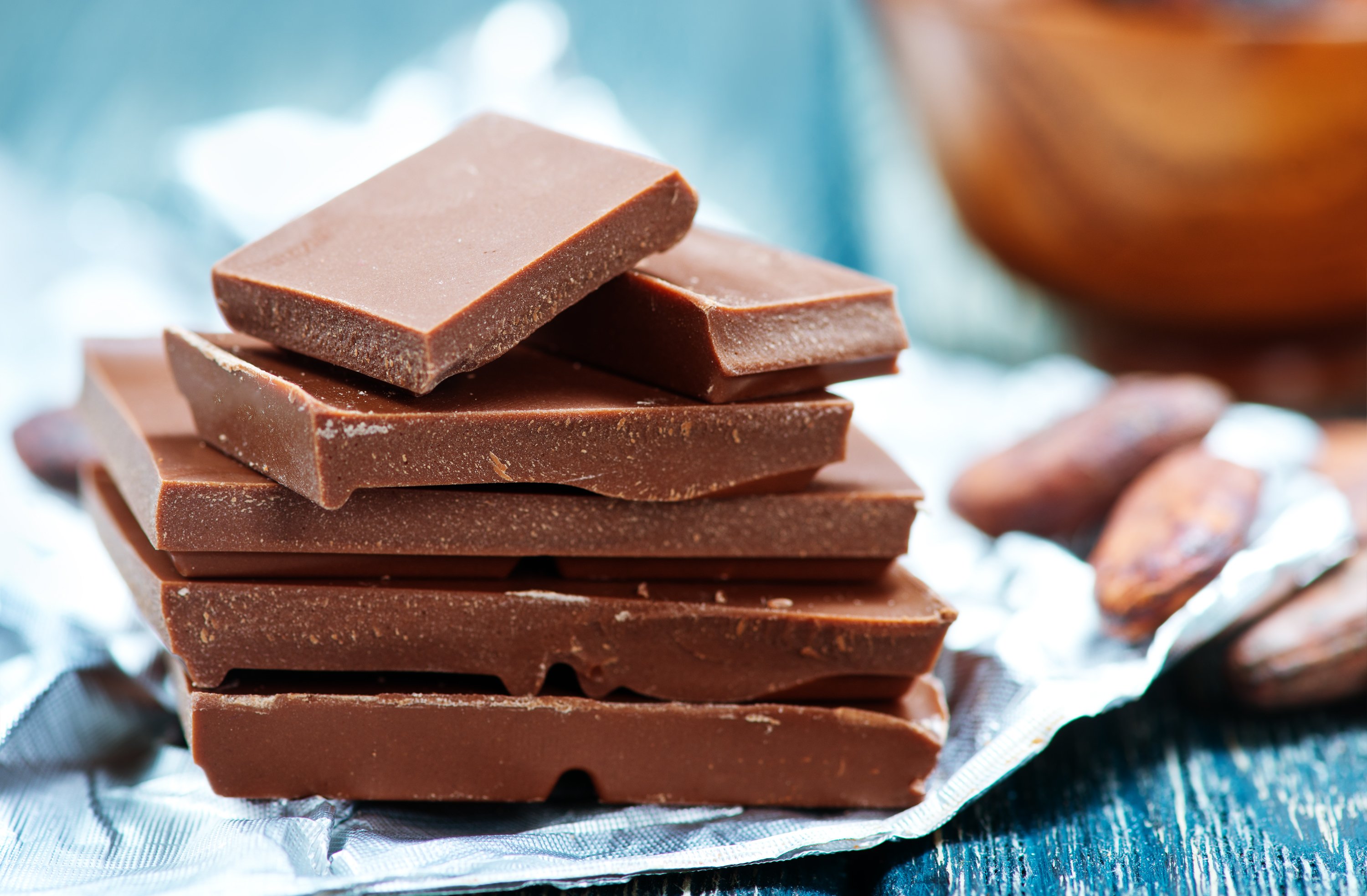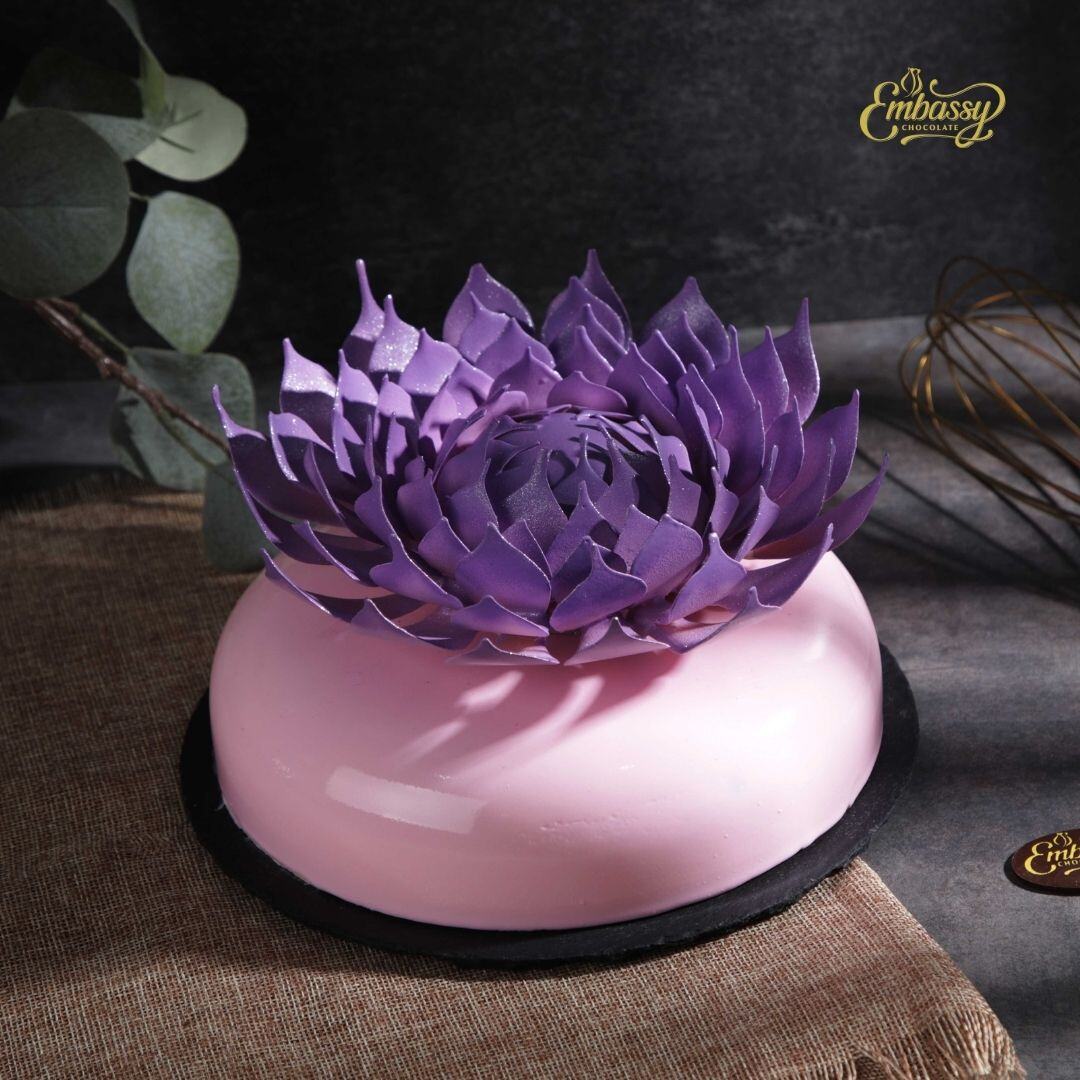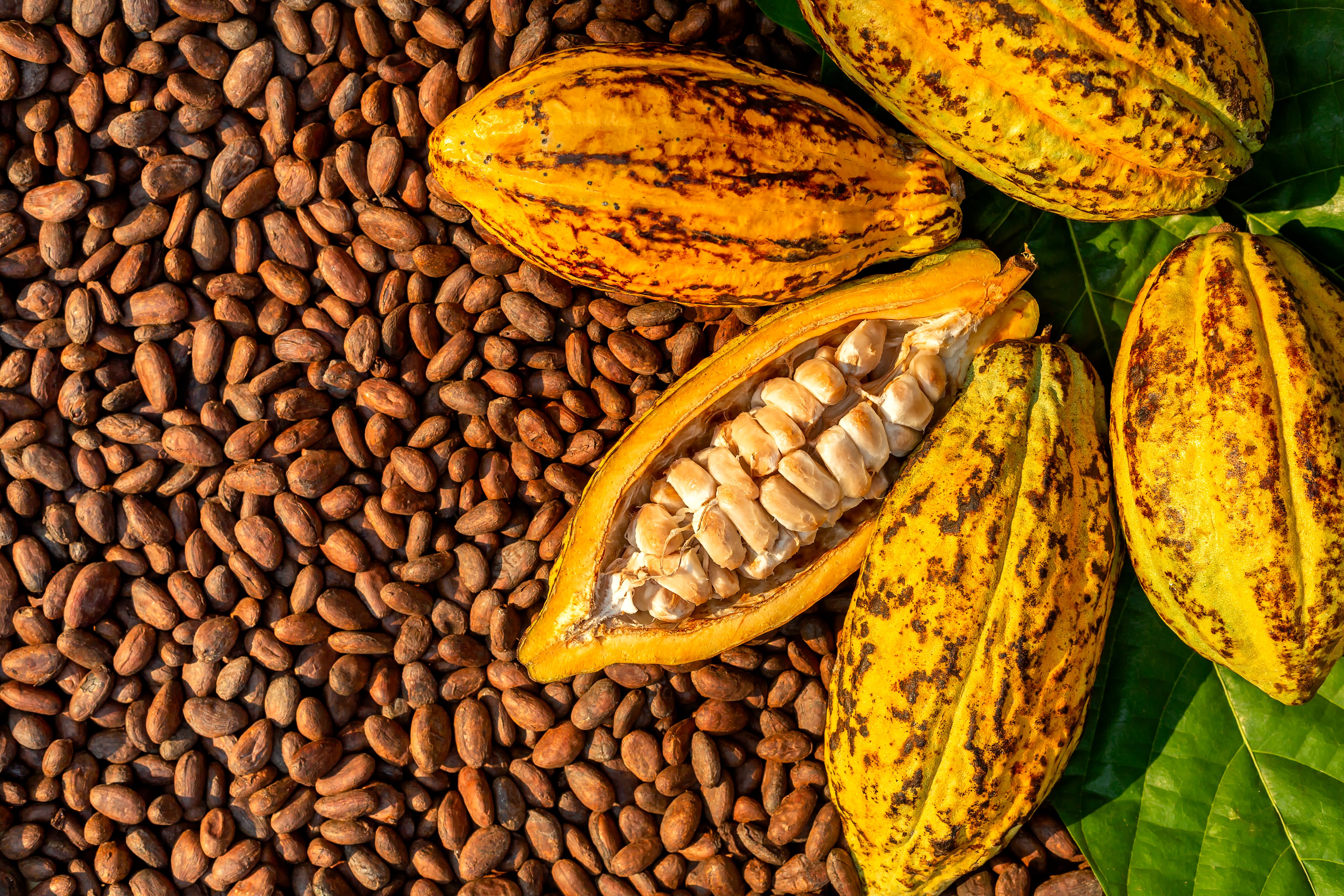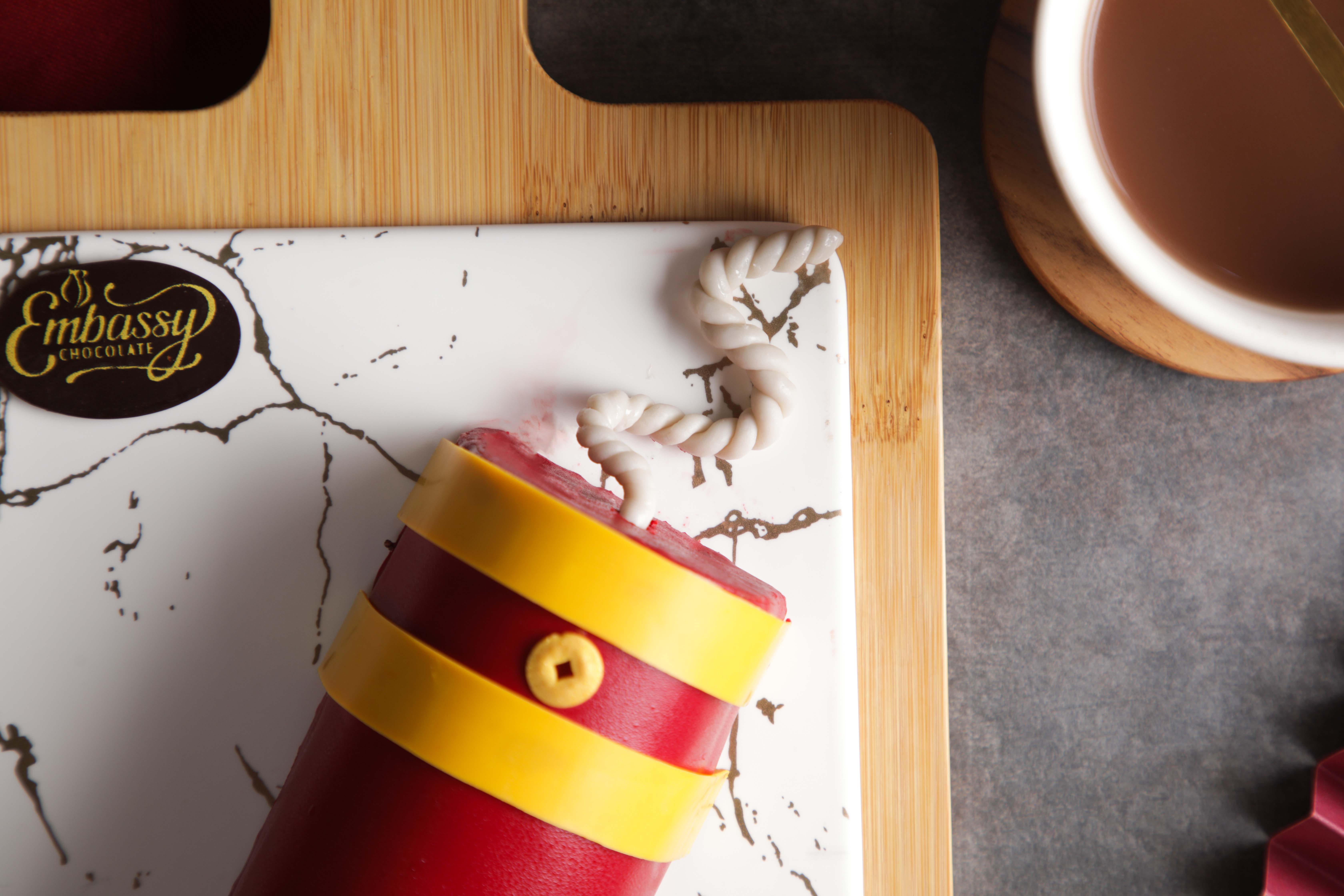Arte Cocoa Butter Colouring: The Professional's Secret to Excellent Colour Mastery
Colour is not just an accent, it's a powerful medium that can transform a simple dessert into a captivating work of art.
2 min read
Apr 7, 2022 10:35:36 AM

This question is something we get asked about all the time! And essentially, it comes down to how you store it. So if you would like to learn how to stop your couverture chocolate from melting and preserve its wonderful aroma and flavors, keep on reading!
There are five easy ways you can try to keep your chocolate from melting. Here they are!
The first rule of storing your chocolate is to always keep it away from sunlight or an environment with a hot temperature. Chocolate is best kept between 16-22 degrees Celcius in a cool, dark place. At this optimum temperature range, it should keep the chocolate cool and also prevent fat bloom from occurring. Fat bloom is when the cocoa butter in chocolate separates due to being exposed to sudden temperature changes. Once the chocolate re-solidifies, it leaves white/grayish marks and streaks on the surface of your chocolate.
It’s important to keep the chocolate away from a hot light bulb. Any light source that emits a higher temperature than 22°C will make the chocolate melt faster.
If you must keep it in a fridge, then be sure to wrap it in cling film or a few layers of plastic to prevent the odors from other food items in the refrigerator from being absorbed by the chocolate. It’s important to keep it at a stable temperature.
Read more: What Is Couverture Chocolate, and How Can You Use It?
An airtight container will help to ensure that your chocolate maintains its freshness and taste. It also prevents the chocolate from absorbing odors explained before. Just make sure to combine it with some of the above storage tips, such as avoiding direct sunlight and maintaining that 16-22 degrees Celcius temperature range.
This one is often an overlooked item when storing chocolate. Checking the Best Before Date or Expiry date as this will impact the taste and freshness of your couverture chocolate. It is always best to use freshly made chocolate.
Keep your chocolate coins in a ziplock bag. Just make sure you've squeezed out all the air before sealing it. Combine this with the above storage methods, and you’ll be good to go.
From this blog post, it should be clear that sunlight and stable temperature control between 16-22 degrees Celcius are the main things to control whether you’re using an airtight container, ziplock, or plastic wrap.
Read more: What Is the Best Chocolate to Cream Ratio for Making a Ganache?
So now that you know how to store your couverture chocolate, why not try some Embassy Chocolate? We are a #ProudlyAsian Chocolate brand that’s produced in Indonesia. With our tagline of International Quality, Made Locally, our couverture chocolate uses a blended cocoa bean approach to provide consistent quality and taste for our customers. Another benefit of our combined approach to chocolate making is that the price is less volatile than single-origin chocolate products.
Download our brochure by clicking the button below or contact us here to have one of our knowledgeable sales reps contact you for a more personalized discussion.

Colour is not just an accent, it's a powerful medium that can transform a simple dessert into a captivating work of art.

Chocolate, a beloved treat enjoyed by millions worldwide, is facing a bitter truth: the steady rise in cocoa bean prices due to disease outbreaks and...

Set the Lunar New Year ablaze with our Firecracker Chocolate Roll Cake! Experience layers of rich chocolate with a hint of fiery excitement,...